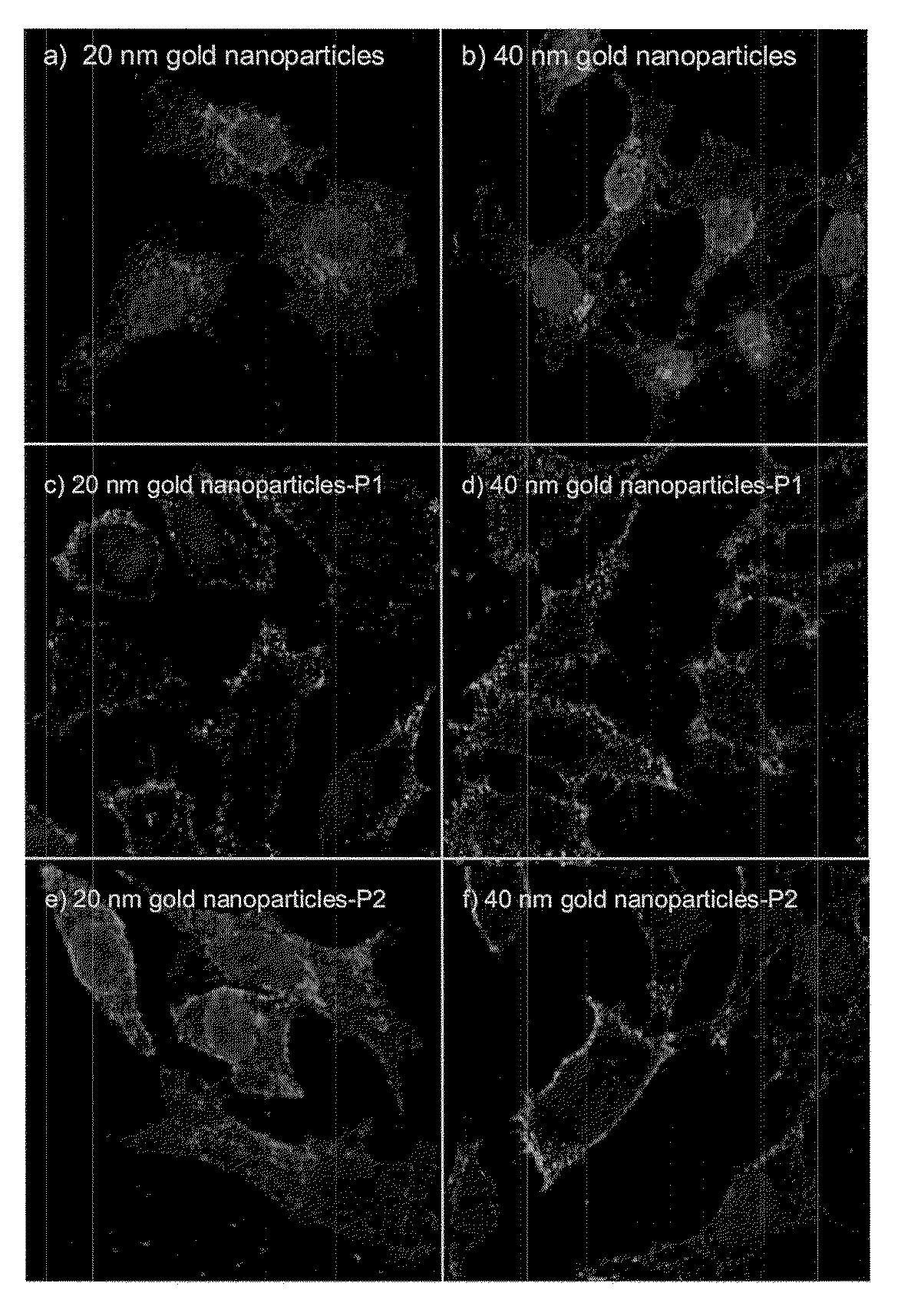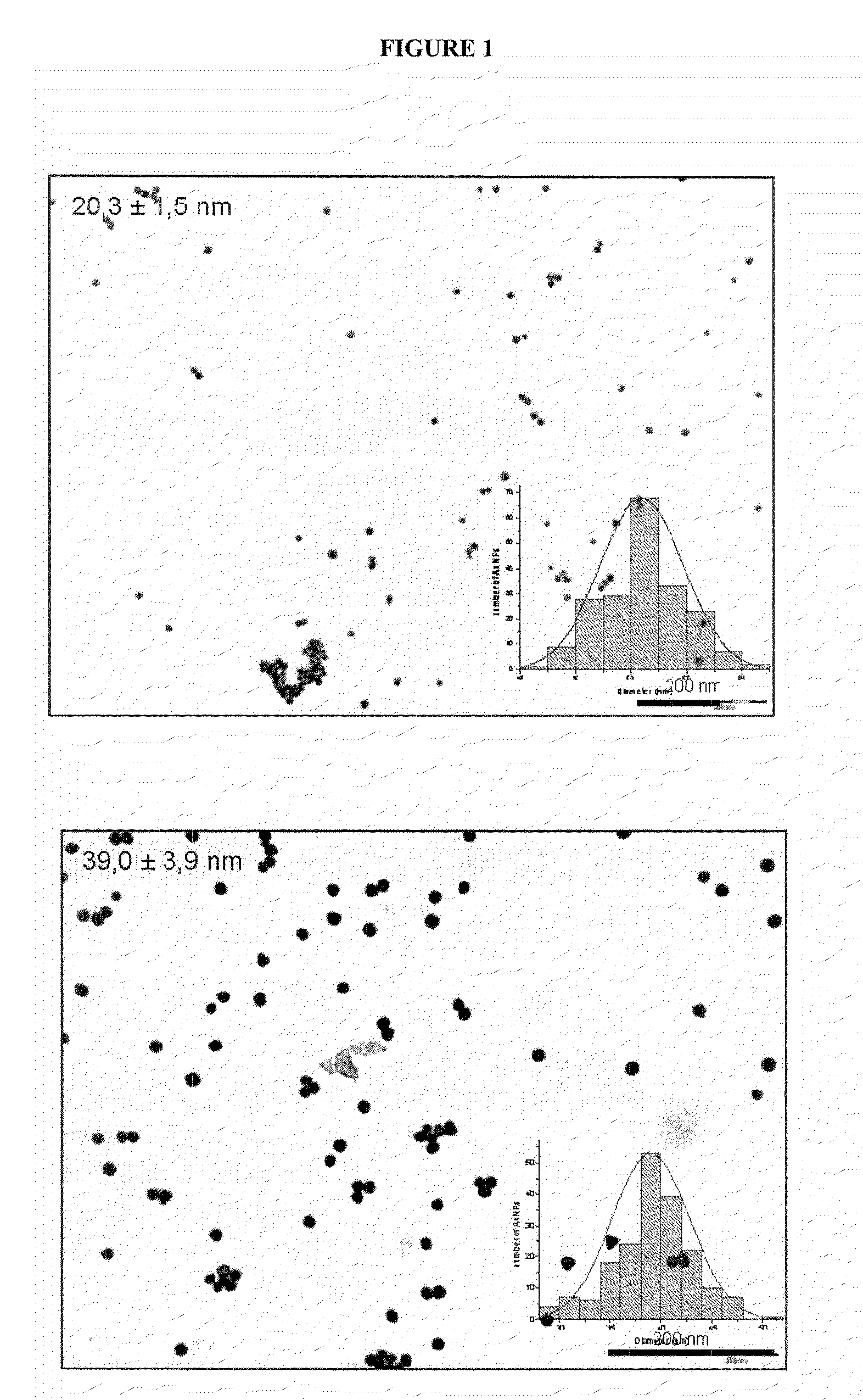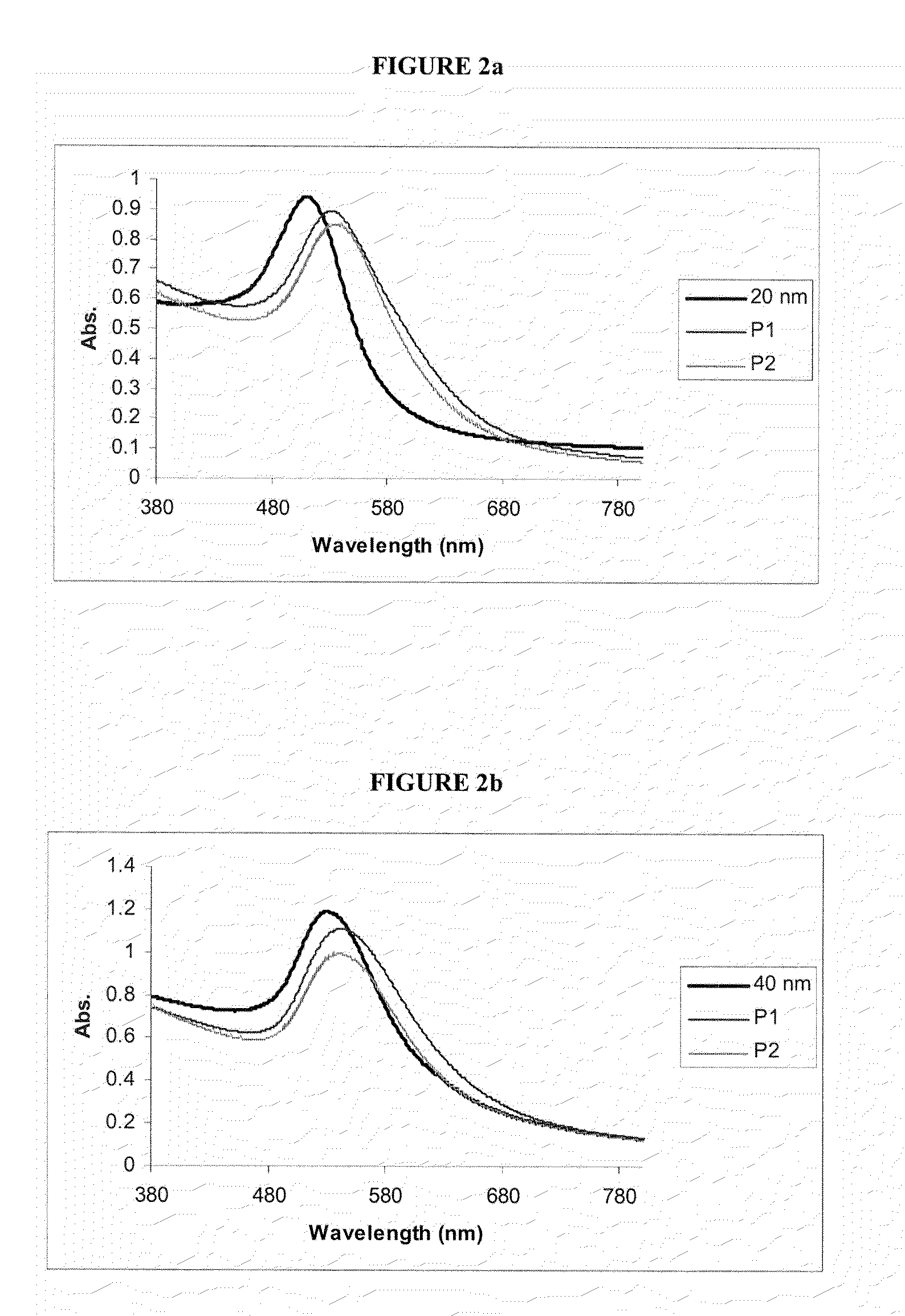Antitumoral treatments
- Summary
- Abstract
- Description
- Claims
- Application Information
AI Technical Summary
Benefits of technology
Problems solved by technology
Method used
Image
Examples
example 1
Synthesis of Kahalalide F analogues
[0123]Both peptides (P1 and P2) were synthesised using a previously described Fmoc / tBu solid-phase synthesis strategy (Lopez-Macia, A et al.; J. Am. Chem. Soc. 2001, 123, 11398).
Material and Reactives
[0124]Cl-TrtCl-resin (100 mg, 1.56 mmol / g) and protected Fmoc-L-amino acids and Fmoc-D-amino acids derivatives were purchased from Iris Biotech GmbH (Marktredwitz, Germany), Luxembourg Industries (Tel-Aviv, Israel), Neosystem (Strasbourg, France), Calbiochem-Novabiochem AG (Laüfelfingen, Switzerland) and Bachem AG (Bubendorf, Switzerland). Diisopropylcarbodiimide (DIC) was obtained from Fluka Chemika (Buchs, Switzerland), HOAt from GL Biochem (Shanghai, China), PyBOP from Calbiochem-Novabiochem AG and N,N-diisopropylethylamine (DIEA) from Albatros Chem. Inc. (Montreal, Canada). Solvents for peptide synthesis and RP-HPLC equipment were obtained from Scharlau (Barcelona, Spain). Trifluoroacetic (TFA) acid was supplied by KaliChemie (Bad Wimpfen, Germany)...
example 2
Synthesis and Characterization of Gold Nanoparticles
[0127]Gold nanoparticles were produced by reduction of hydrogen tetrachloroaurate (HAuC14×H20; Aldrich, Milwaukee, Wis., USA).
[0128]For the synthesis of gold nanoparticles having a size of 20 nm, HAuC14×H2O (8.7 mg) was dissolved in water (1 mL), and the tetrachloroaurate solution was added to a sodium citrate solution (100 mL, 2.2 mM in water) at 150° C. reflux and the reaction was allowed to continue under uniform and vigorous stirring until a red wine colour was observed, following the protocol described by Sagara T et al. J. Phys. Chem. B 2002, 106, 1205-1212.
[0129]On the other hand, for the synthesis of gold nanoparticles having a size of 40 nm, it was used the same procedure as above except in that a minor amount of reducing agent was used (100 mL of a 1.22 mM solution of sodium citrate in water).
[0130]Unconjugated gold nanoparticles were characterised using Transmission electron microscopy (TEM). Accordingly, drops of bare g...
example 3
Preparation and Characterisation of Conjugated Gold Nanoparticles
[0132]The peptides (P1 and P2), obtained in example 1, were separately conjugated with the two types of gold nanoparticles (20 nm and 40 nm), obtained in Example 2, in order to study how nanoparticle size is related to conjugate activity.
[0133]An excess of peptide was used for conjugation (Kogan M J et al. Nano Lett. 2006, 6(1), 110-115). Peptide solutions (1 mg of peptide dissolved in 1 mL water) were added dropwise to 10 mL of a gold nanoparticle solution (solution of 2.2 mM sodium citrate in water) at room temperature with magnetic stirring. Agitation was then maintained for 15 min. The gold complexes were then purified by dialysis over three days in a Spectra / membrane (MWCO: 6-8000) against 2.2 mM sodium citrate. The solution was changed six times in order to eliminate the excess peptide (P1 or P2).
[0134]The gold nanoparticle conjugates were exhaustively characterised using UV-vis spectroscopy, amino acid analysis,...
PUM
| Property | Measurement | Unit |
|---|---|---|
| Particle size | aaaaa | aaaaa |
| Particle size | aaaaa | aaaaa |
| Particle size | aaaaa | aaaaa |
Abstract
Description
Claims
Application Information
 Login to View More
Login to View More - R&D
- Intellectual Property
- Life Sciences
- Materials
- Tech Scout
- Unparalleled Data Quality
- Higher Quality Content
- 60% Fewer Hallucinations
Browse by: Latest US Patents, China's latest patents, Technical Efficacy Thesaurus, Application Domain, Technology Topic, Popular Technical Reports.
© 2025 PatSnap. All rights reserved.Legal|Privacy policy|Modern Slavery Act Transparency Statement|Sitemap|About US| Contact US: help@patsnap.com



